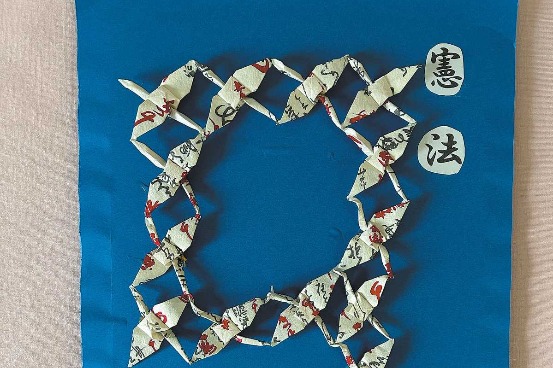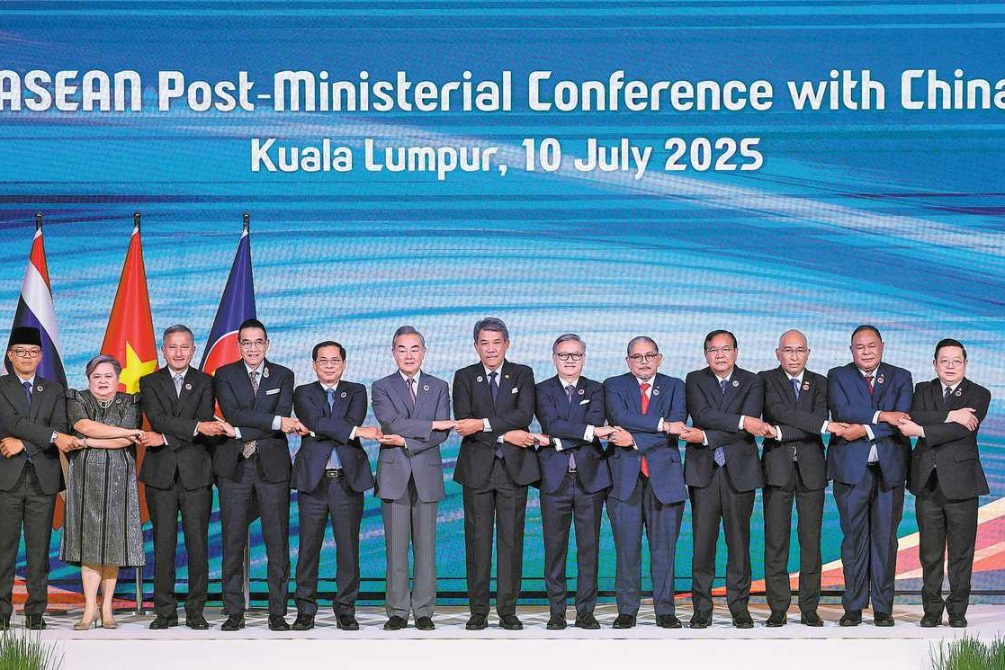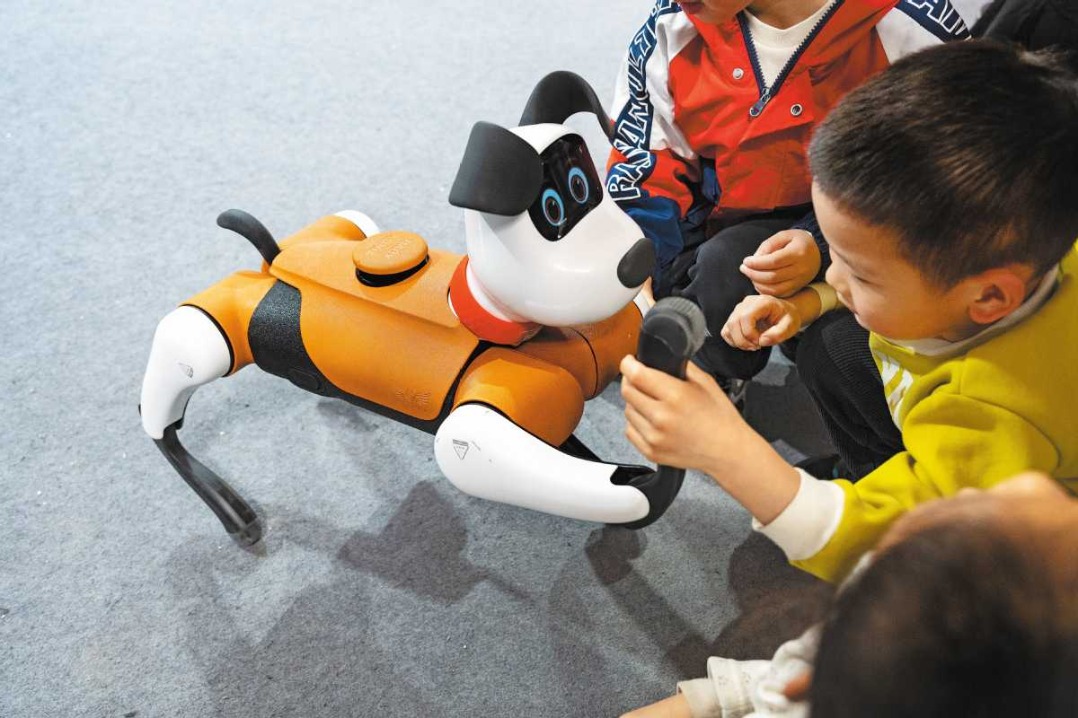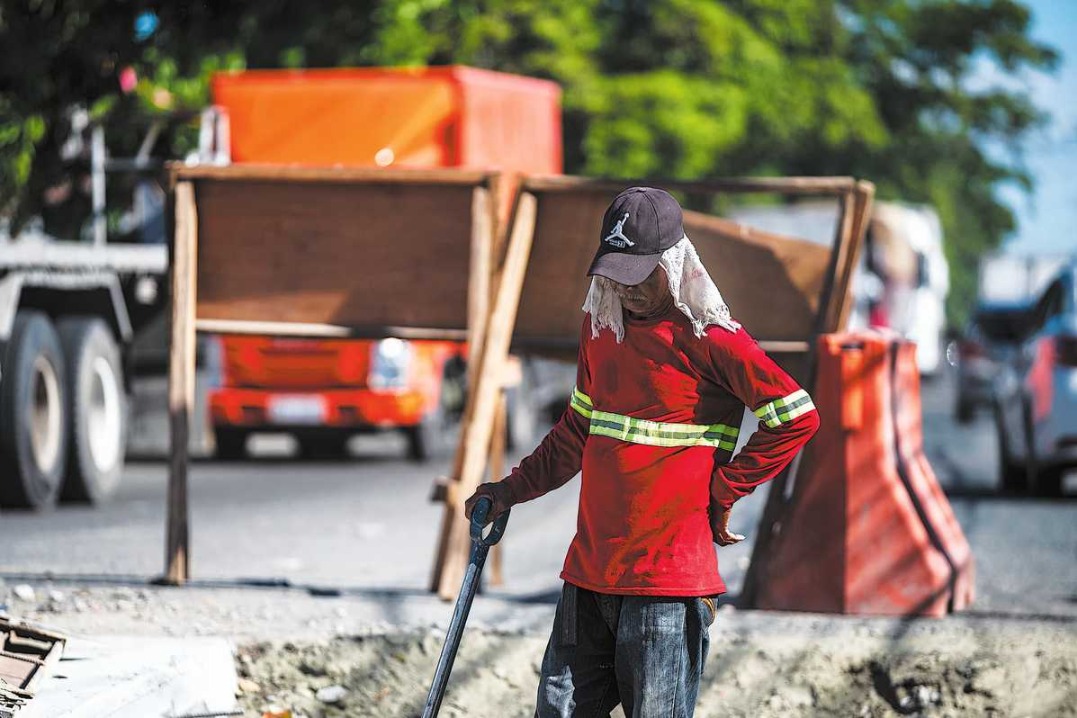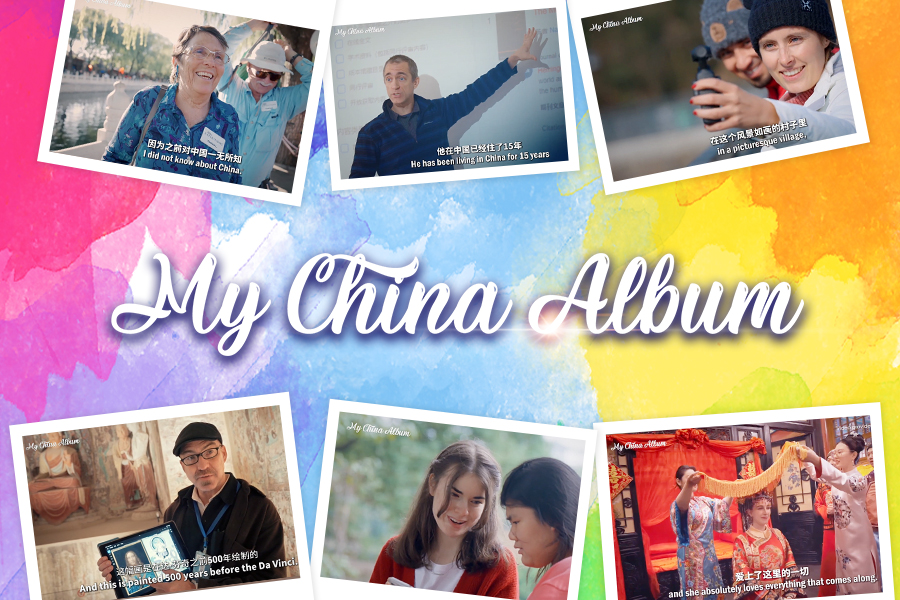Full text of President Xi's speech at opening of Belt and Road forum

Work Together to Build the Silk Road Economic Belt and
The 21st Century Maritime Silk Road
Speech by H.E. Xi Jinping
President of the People's Republic of China
At the Opening Ceremony of
The Belt and Road Forum for International Cooperation
14 May 2017
Distinguished Heads of State and Government,
Heads of International Organizations,
Ladies and Gentlemen,
Dear Friends,
In this lovely season of early Summer when every living thing is full of energy, I wish to welcome all of you, distinguished guests representing over 100 countries, to attend this important forum on the Belt and Road Initiative held in Beijing. This is indeed a gathering of great minds. In the coming two days, I hope that by engaging in full exchanges of views, we will contribute to pursuing the Belt and Road Initiative, a project of the century, so that it will benefit people across the world.
Ladies and Gentlemen,
Dear Friends,
Over 2,000 years ago, our ancestors, trekking across vast steppes and deserts, opened the transcontinental passage connecting Asia, Europe and Africa, known today as the Silk Road. Our ancestors, navigating rough seas, created sea routes linking the East with the West, namely, the maritime Silk Road. These ancient silk routes opened windows of friendly engagement among nations, adding a splendid chapter to the history of human progress. The thousand-year-old "gilt bronze silkworm" displayed at China's Shaanxi History Museum and the Belitung shipwreck discovered in Indonesia bear witness to this exciting period of history.
Spanning thousands of miles and years, the ancient silk routes embody the spirit of peace and cooperation, openness and inclusiveness, mutual learning and mutual benefit. The Silk Road spirit has become a great heritage of human civilization.
— Peace and cooperation. In China's Han Dynasty around 140 B.C., Zhang Qian, a royal emissary, left Chang'an, capital of the Han Dynasty. He traveled westward on a mission of peace and opened an overland route linking the East and the West, a daring undertaking which came to be known as Zhang Qian's journey to the Western regions. Centuries later, in the years of Tang, Song and Yuan Dynasties, such silk routes, both over land and at sea, boomed. Great adventurers, including Du Huan of China, Marco Polo of Italy and ibn Batutah of Morocco, left their footprints along these ancient routes. In the early 15th century, Zheng He, the famous Chinese navigator in the Ming Dynasty, made seven voyages to the Western Seas, a feat which still is remembered today. These pioneers won their place in history not as conquerors with warships, guns or swords. Rather, they are remembered as friendly emissaries leading camel caravans and sailing treasure-loaded ships. Generation after generation, the silk routes travelers have built a bridge for peace and East-West cooperation.
— Openness and inclusiveness. The ancient silk routes spanned the valleys of the Nile, the Tigris and Euphrates, the Indus and Ganges and the Yellow and Yangtze Rivers. They connected the birthplaces of the Egyptian, Babylonian, Indian and Chinese civilizations as well as the lands of Buddhism, Christianity and Islam and homes of people of different nationalities and races. These routes enabled people of various civilizations, religions and races to interact with and embrace each other with open mind. In the course of exchange, they fostered a spirit of mutual respect and were engaged in a common endeavor to pursue prosperity. Today, ancient cities of Jiuquan, Dunhuang, Tulufan, Kashi, Samarkand, Baghdad and Constantinople as well as ancient ports of Ningbo, Quanzhou, Guangzhou, Beihai, Colombo, Jeddah and Alexandria stand as living monuments to these past interactions. This part of history shows that civilization thrives with openness and nations prosper through exchange.
— Mutual learning. The ancient silk routes were not for trade only, they boosted flow of knowledge as well. Through these routes, Chinese silk, porcelain, lacquerwork and ironware were shipped to the West, while pepper, flax, spices, grape and pomegranate entered China. Through these routes, Buddhism, Islam and Arab astronomy, calender and medicine found their way to China, while China's four great inventions and silkworm breeding spread to other parts of the world. More importantly, the exchange of goods and know-how spurred new ideas. For example, Buddhism originated in India, blossomed in China and was enriched in Southeast Asia. Confucianism, which was born in China, gained appreciation by European thinkers such as Leibniz and Voltaire. Herein lies the appeal of mutual learning.
— Mutual benefit. The ancient silk routes witnessed the bustling scenes of visits and trade over land and ships calling at ports. Along these major arteries of interaction, capital, technology and people flowed freely, and goods, resources and benefits were widely shared. The ancient prosperous cities of Alma-Ata, Samarkand and Chang'an and ports of Sur and Guangzhou thrived, so did the Roman Empire as well as Parthia and Kushan Kingdoms. The Han and Tang Dynasties of China entered the golden age. The ancient silk routes brought prosperity to these regions and boosted their development.
History is our best teacher. The glory of the ancient silk routes shows that geographical distance is not insurmountable. If we take the first courageous step towards each other, we can embark on a path leading to friendship, shared development, peace, harmony and a better future.



















